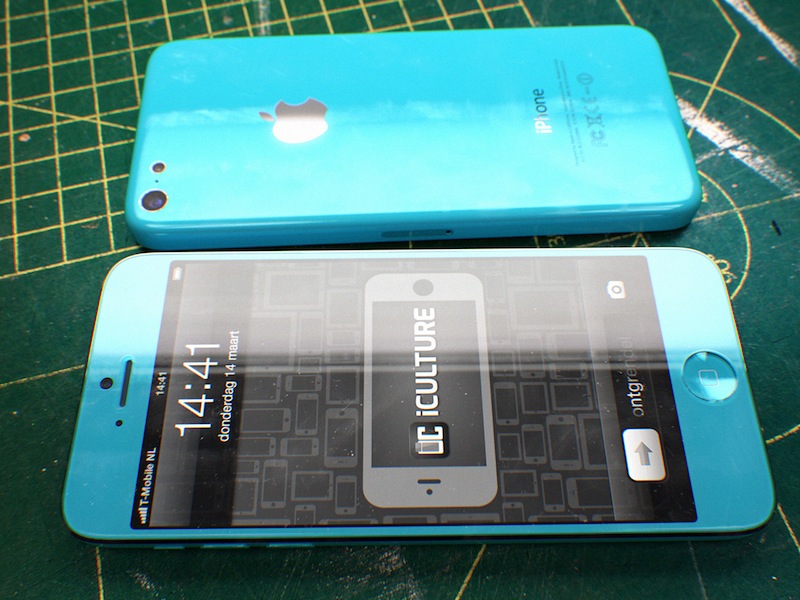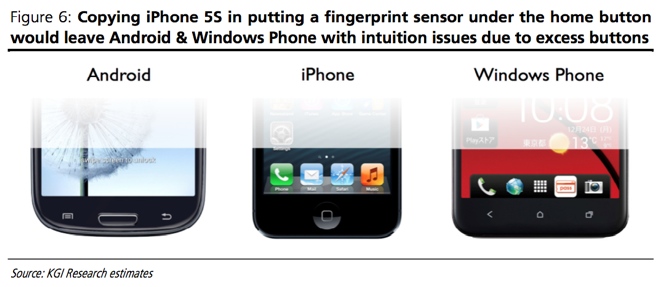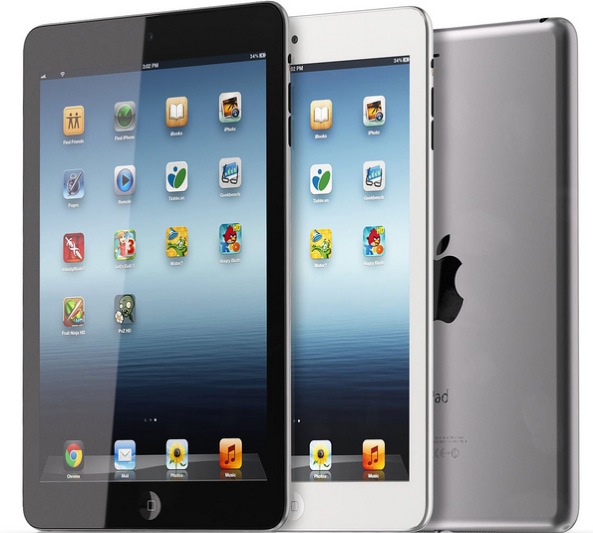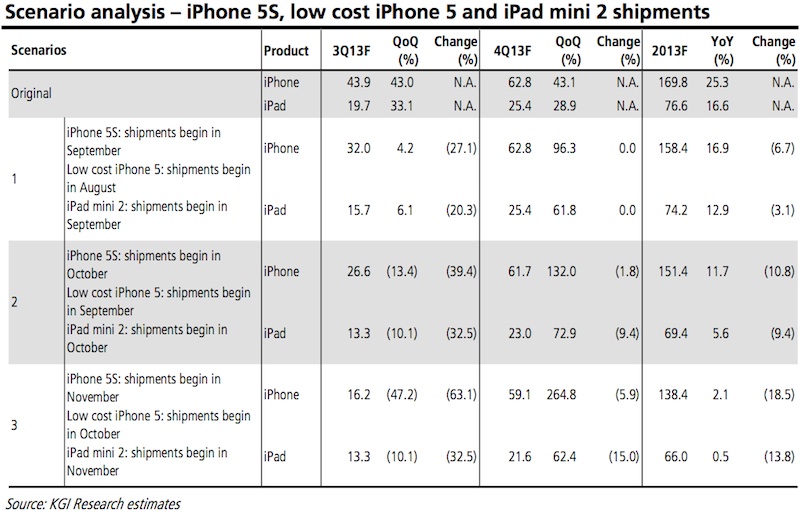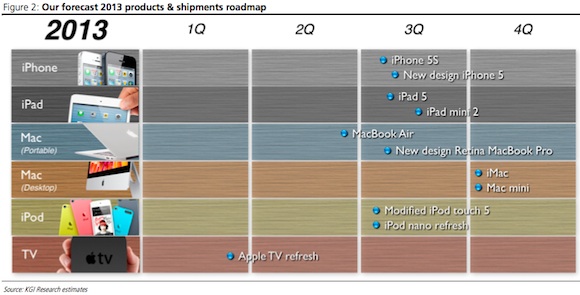KGI Securities analyst Ming-Chi Kuo, who actually has a pretty good track record in predicting Apple’s product plans, has some bad news for Apple fans. In a note issued to clients Thursday, he basically wrote that Apple’s next batch of iDevice upgrades may hit the market later than originally expected due to a number of “technical challenges” related to the inclusion of fingerprint sensor beneath the Home button.
The rumored budget iPhone may be delayed because its slimmer-than-usual polycarbonate casing is proving harder nut to crack, while the second-generation iPad mini continues to face challenges with its high-resolution Retina panels. Jump past the fold for the full disclosure…
According to Kuo’s note, obtained by AppleInsider, he’s no loner expecting July/September shipments of the FDD/TDD new iPhone version, nor does he see the iPhone 5S, budget iPhone and iPad mini 2 in July, July and August:
In light of publicly available information and our knowledge of technological trends, we now think all three products will begin shipments later than our previous expectation and market consensus.
Apple’s decision to encase its less-pricey iPhone into a plastic shell that’s slimmer than these things regularly are is a manufacturing headache:
The slimmer casing may make it more difficult to ramp up production yields of coating and surface treatment, and could slow down the shipment timetable.
As for the iPhone 5S, the handset’s design calls for the inclusion of a fingerprint sensor underneath the Home button:
Apple has to work out how to prevent interference from the black and white coating material under the cover glass.
Apple is the first to attempt this function and technology, and time is needed to find the right coating material, which will likely affect iPhone 5S shipments.
Finally, the iPad mini 2 could face delays because 7.9-inch Retina display panels and the thin form factor may make the device more difficult to manufacture.
These delays could prove disastrous to Apple’s market standing and share price:
As a result of these issues, Kuo said it’s likely that Apple will see single-digit growth in iPhone and iPad shipments in the third quarter of 2013.
That would be well below the market consensus, which sees Apple growing its sales by between 30 and 40 percent with the introductions of new products.
He laid out the new scenario analyst in a handy table below.
Courtesy of MacRumors.
Be that as it may, the report does jive well with whispers of iOS 7 possibly running behind because of a major UI refresh under Jony Ive’s leadership.
For reference, this is Kuo’s previous Apple roadmap, from January 2013.
And this one’s from Jefferies.
As you can see, analysts don’t expect any major product launch this summer.
Apple typically refreshes iOS devices once a year. Last year, the company switched from its previous ‘iPhones in summer/iPads in Q1’ scheme with the September/October refreshes to iPhones/iPads.
This actually makes more sense given the all-important holiday shopping season.
With intensifying competition, Apple might not be able to talk holiday shoppers into buying gadgets that are already a few months old.
Besides, Apple is known for its maniacal perfectionism.
The upcoming iSpaceship campus has reportedly been delayed (again) due to Apple’s exacting requirements
Jobs was allegedly very exact in terms of gaps between surfaces that gaps between the surfaces be no more than 1/32 of an inch versus the usual U.S. construction standards of one-eighth of an inch.
And let’s not forget that the white iPhone 4 faced several delays over light leakage problems affecting camera performance, an issue most manufacturers would neglect and just release the damn thing as soon as possible.
Thoughts?
All renderings via 3D concept artist Martin Hajek.
